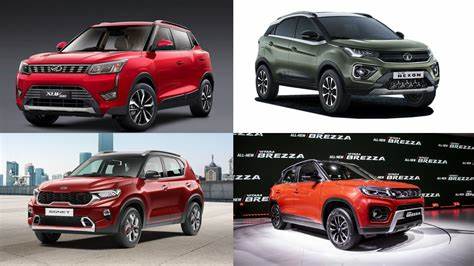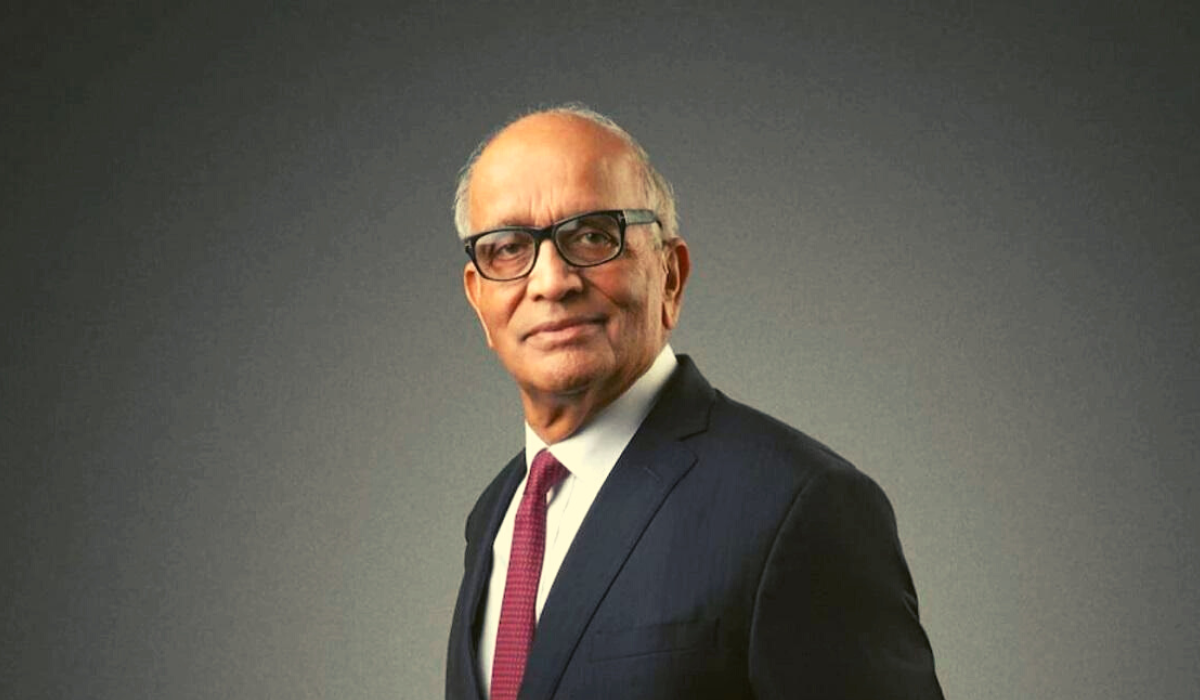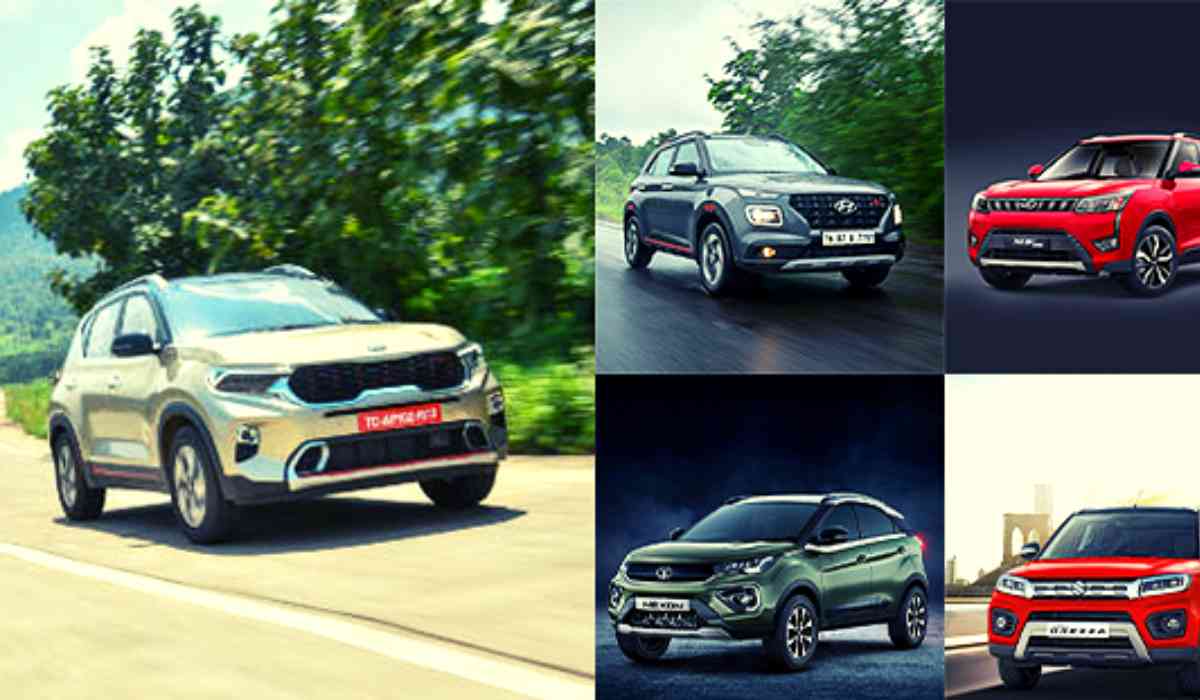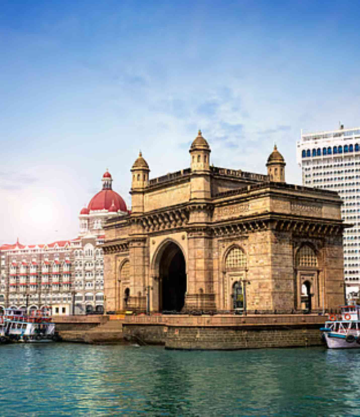According to a report by Grant Thornton Bharat, higher driving costs are predicted to stay at high levels well into 2022. India's rising living expenses in recent years have seen both new and older car costs reach all-time highs.
Based on the report, "it is projected that the high-cost scenario will undoubtedly remain in the upcoming year too and could not return until 2023." The audit also listed enormous challenges facing the industry, such as the shortage of semiconductors, which has made things worse for manufacturers.

The need for home assembly has been shown to be related to the paucity of semiconductors.
If the state must rely on local manufacturing to meet its semiconductor needs, it may have to wait until chips are made locally. Design, evaluation, marking, and box (ATMP) and specialty fabs are more likely to serve as the country's entrance points into the semiconductor industry for the moment.
In particular, the study noted that thanks to the performance incentive (PLI) scheme, the Indian automobile and manufacturing sectors are anticipated to boost India's FDI for the current year, boosting the government's aim to create a self-sufficient economy.
The program aims to boost exports by giving incentives for domestic production.
Further, India's exponential market share makes it desirable to potential investors, while India's cost base is a big advantage. In the world, India is the 6th largest economy.
With all of these things in place, India could become a hub for engineering and design services for automakers.
Why are Auto Costs Increasing?

Global supply chain challenges are leading to an increase in car costs. The car industry is facing supply problems as a result of an ongoing semiconductor shortage. The Russia-Ukraine issue is causing rising raw material costs, which are also raising automobile prices.
According to J.D. Power statistics, Americans spent an average of $45,622 on a new car in September 2022, up $3,462 from the previous year. This was the month with the fourth-highest price on record.
IMPACT ON CONSUMERS:-
According to Crisil Research estimates, the employee cost of large and medium-sized businesses has grown by about 20%–25%, outdoing that of small and medium-sized companies (0–10%), which usually account for a larger percentage of lower-priced car buyers. This raise is a proxy for income sentiment by many wealthy buyers of lower cars.

As per Bhargava, chairman of Maruti Suzuki, "over the past three years, the market at the bottom end has been dropping for individuals who use either two-wheelers or tiny little automobiles, which is problematic."
When pointing out that only 11.5 lakh sedans were sold in India during the previous fiscal year—roughly 25% fewer than the 15.5 lakh units sold in 2018–19—Mr. Bhargava added that this is due to regulatory changes, state payroll taxes, and an increase in the cost of commodities. As a result, a large segment of the population was no longer able to afford a four-wheeled vehicle. These are the underprivileged folks. They're moving up from two-wheelers... He claimed that loans cover more than 80% of the cost of the vehicles.
© Vygr Media Private Limited 2022. All Rights Reserved.



















